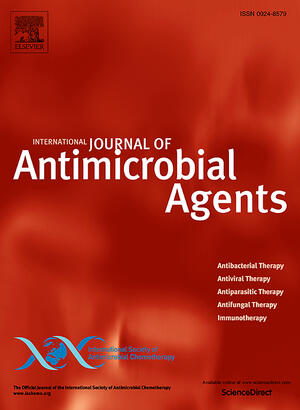
Saprolegnia diclina IIIA and S. parasitica employ different infection strategies when colonizing eggs of Atlantic salmon, Salmo salar L
Abstract
Here, we address the morphological changes of eyed eggs of Atlantic salmon, Salmo salar L. infected with Saprolegnia from a commercial hatchery and after experimental infection. Eyed eggs infected with Saprolegnia spp. from 10 Atlantic salmon females were obtained. Egg pathology was investigated by light and scanning electron microscopy. Eggs from six of ten females were infected with S. parasitica, and two females had infections with S. diclina clade IIIA; two Saprolegnia isolates remained unidentified. Light microscopy showed S. diclina infection resulted in the chorion in some areas being completely destroyed, whereas eggs infected with S. parasitica had an apparently intact chorion with hyphae growing within or beneath the chorion. The same contrasting pathology was found in experimentally infected eggs. Scanning electron microscopy revealed that S. parasitica grew on the egg surface and hyphae were found penetrating the chorion of the egg, and re-emerging on the surface away from the infection site. The two Saprolegnia species employ different infection strategies when colonizing salmon eggs. Saprolegnia diclina infection results in chorion destruction, while S. parasitica penetrates intact chorion. We discuss the possibility these infection mechanisms representing a necrotrophic (S. diclina) vs. a facultative biotrophic strategy (S. parasitica).
Citation
Songe, M.M., Willems, A., Wiik-Nielsen, J., Thoen, E., Evensen, Ø., van West, P. and Skaar, I. 2016. Saprolegnia diclina IIIA and S. parasitica employ different infection strategies when colonizing eggs of Atlantic salmon, Salmo salar L. Journal of Fish Diseases 39(2): 343–352.









